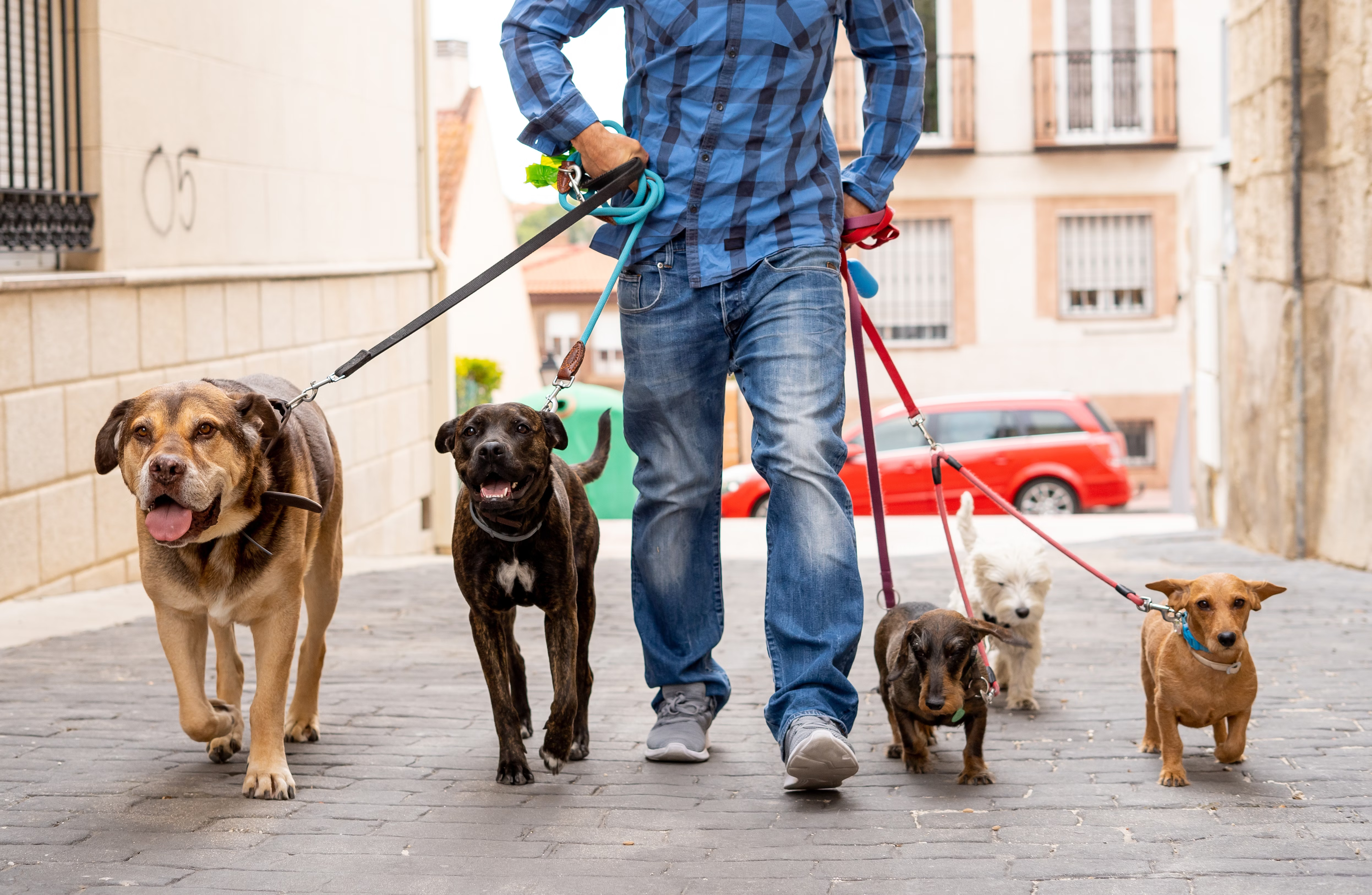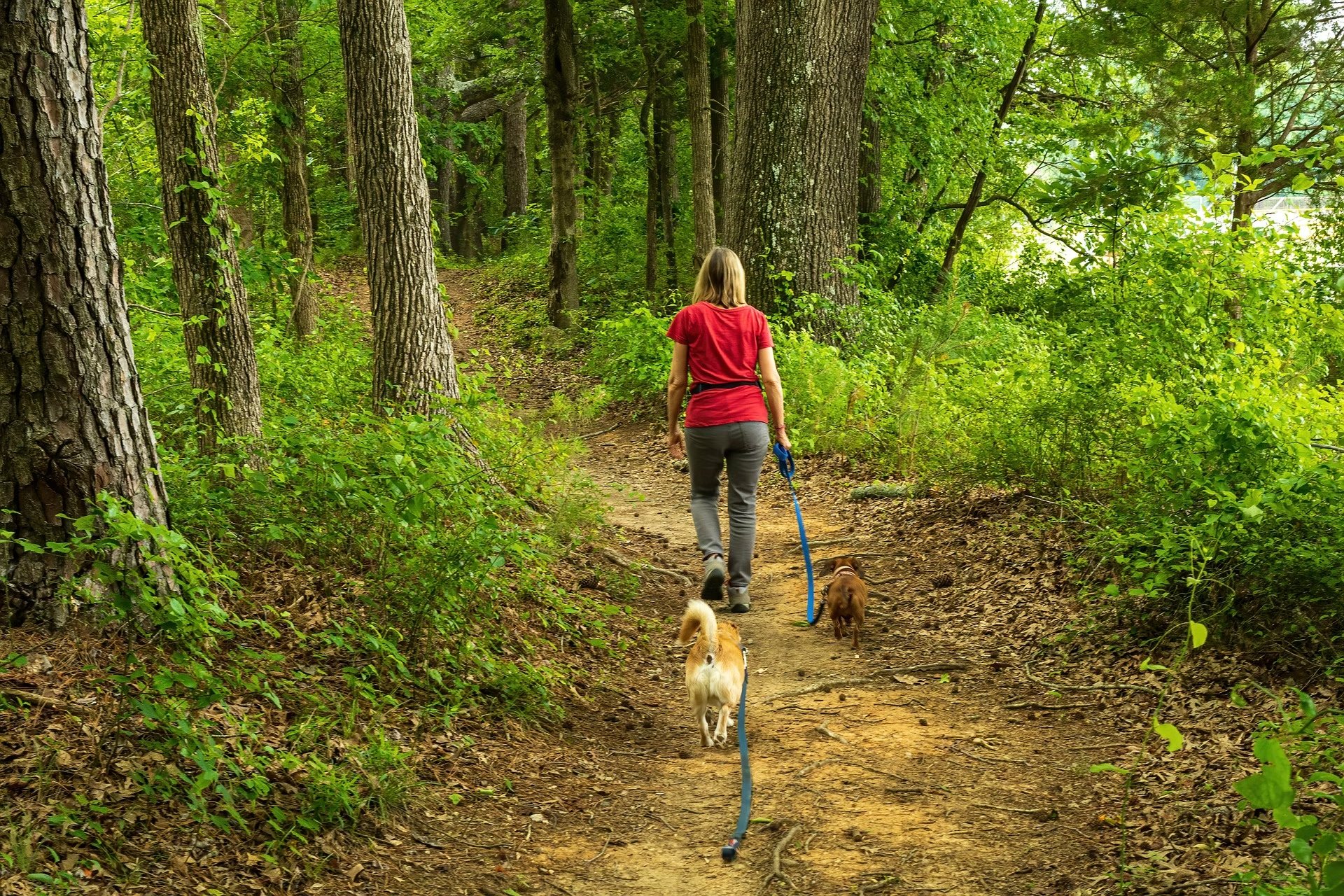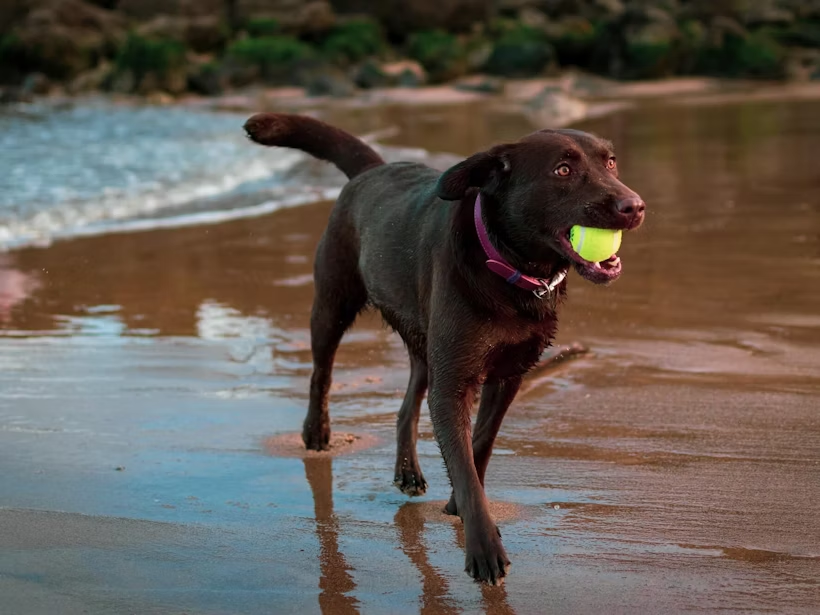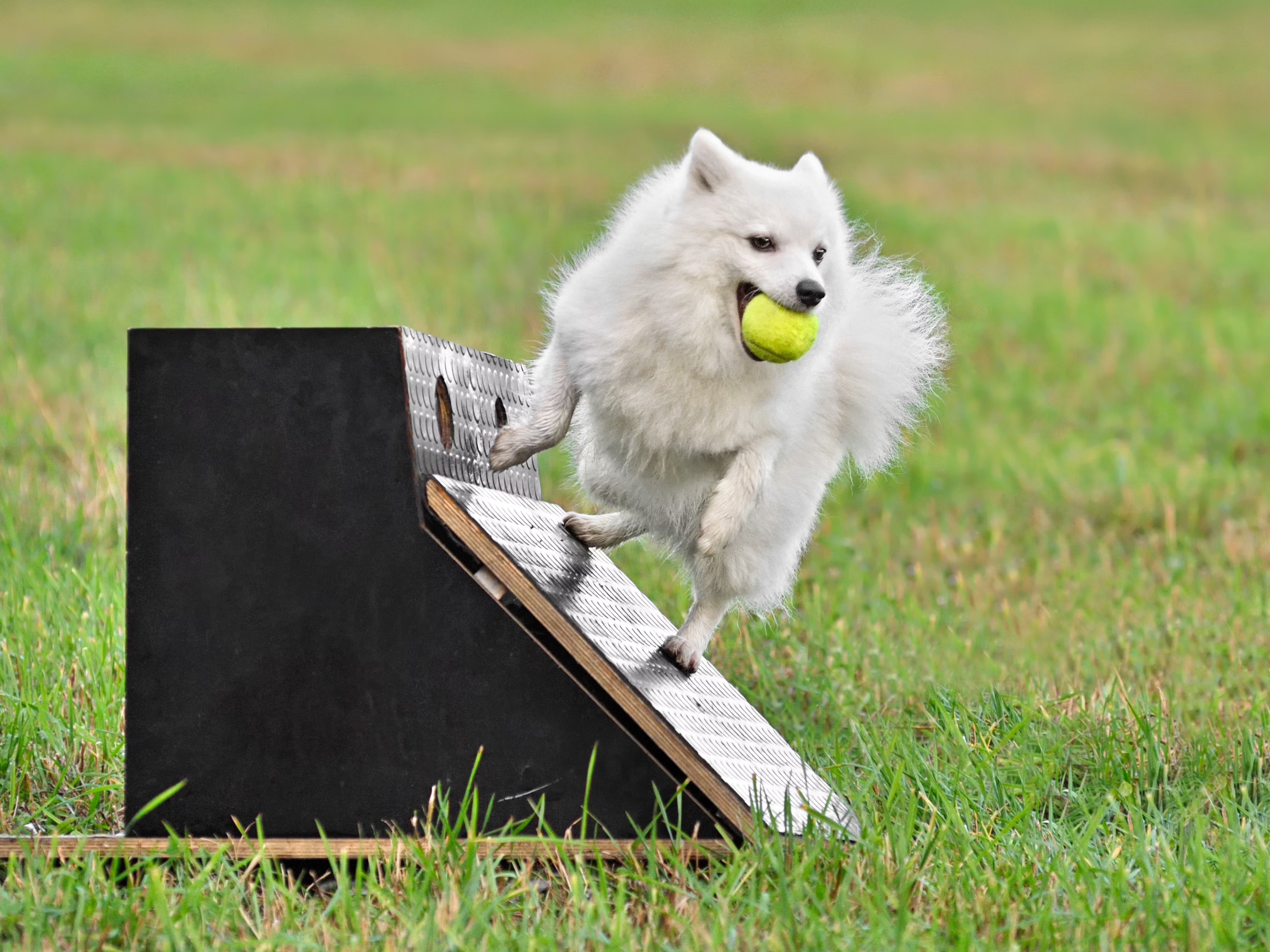One of the ways pet parents can help their dog live a fulfilling life is to ensure they get adequate exercise. There’s just one problem. It’s not always clear how much exercise a dog needs to thrive. The right amount of exercise for a dog needs varies based on their breed, how old they are, and any underlying health concerns. Some less active dogs do great with daily walks, while other more active dogs need more robust activities. Understanding your dog’s unique considerations will help you ensure they are getting the exercise they need to be happy and healthy.
Why exercise matters for dogs
Physical benefits of exercise
Regular exercise is essential for maintaining your dog’s physical health. It helps prevent obesity, strengthens muscles, supports joint health, and promotes cardiovascular fitness. And since carrying extra weight is linked to conditions like diabetes, kidney disease, and heart disease, as well as shorter lives, consistent activity may reduce risks and improve longevity. Plus, dogs that are able to burn off excess energy are less likely to engage in destructive or nuisance behaviors like chewing on furniture or excessive barking.
Mental benefits of exercise
Exercise isn’t just about physical health, there’s a mental component as well. Activities like fetch, agility, nosework, or puzzle games stimulate their minds, which can reduce boredom and anxiety. So when thinking about ways to properly exercise your dog, consider finding a balance between activities that are physically challenging and ones that provide mental benefits.
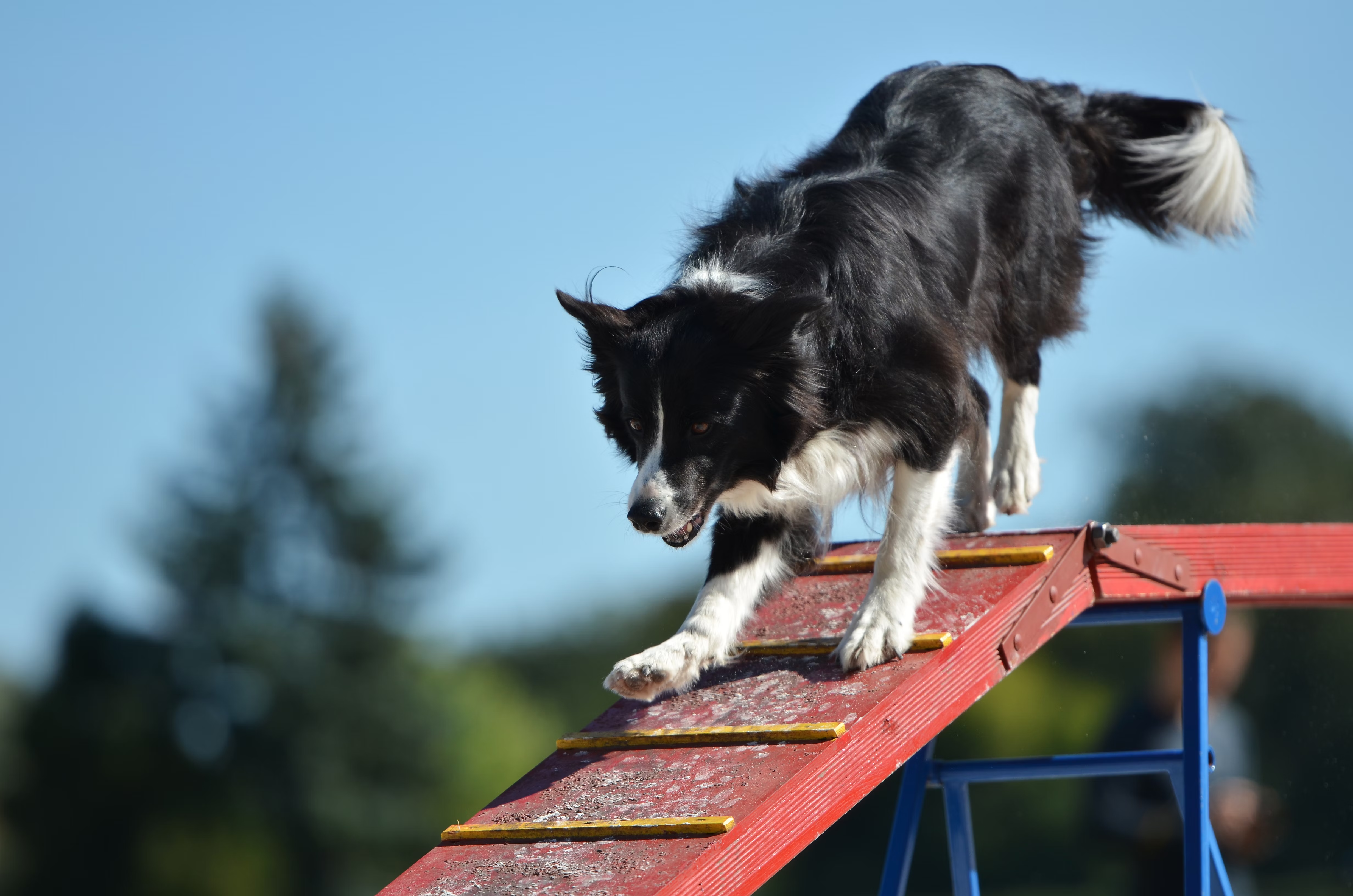
Typical exercise needs based on breed group
A dog’s breed often determines their energy levels and preferred types of activities. Though every dog is unique, understanding general guidelines based on breed group is a helpful starting point.
Sporting breeds
Sporting dogs like Labradors and Golden Retrievers were bred for high-energy tasks like retrieving and swimming. These breeds thrive on regular, vigorous activities such as running, hiking, or dog sports. Aim for at least 90 minutes of exercise daily to keep them content.
Herding breeds
Border Collies, Australian Shepherds, and other herding breeds need a mix of mental and physical stimulation. Activities like agility courses, herding balls, or frisbee games are ideal. Try to give them at least 60 minutes of physical activity plus additional time for mental enrichment games like puzzle toys and lick mats.
Asian and Oceanian breeds
Breeds like Siberian Huskies, Alaskan Malamutes, and Shiba Inus are high-energy dogs bred for pulling sleds or tracking game. They have a lot of stamina and need at least 60 minutes of moderate exercise to burn off energy. Backpacking trips, competitive sledding, and skijoring are great activities for these pups.
Terriers
Terriers, such as Jack Russells and Scotties have a love for digging and chasing. Sixty minutes of moderate exercise—a combination of walks, interactive play like fetch or agility, and problem-solving games—will help keep them physically and mentally fit.
Hound breeds
Exercise needs vary among hounds. Scent hounds, like Beagles, enjoy long, leashed walks where they can follow scents, while sighthounds, such as Greyhounds, prefer short, high-speed bursts in fenced areas. Understanding these distinctions is critical to meeting their exercise requirements.
Companion breeds
Exercise needs for small companion breeds like the Havanese, Pug, and Pomeranian can often be met with short walks and indoor games. But larger companion breeds, like the Norwegian Elkhound, require longer walks and more fast-paced activities like agility or herding games.
Guard breeds
Dogs in the Guard breed group, like the Rottweiler, or American Staffordshire Terrier, benefit from moderate activities like walking or hiking. Aim for 45-90 minutes per day depending on their age or size.
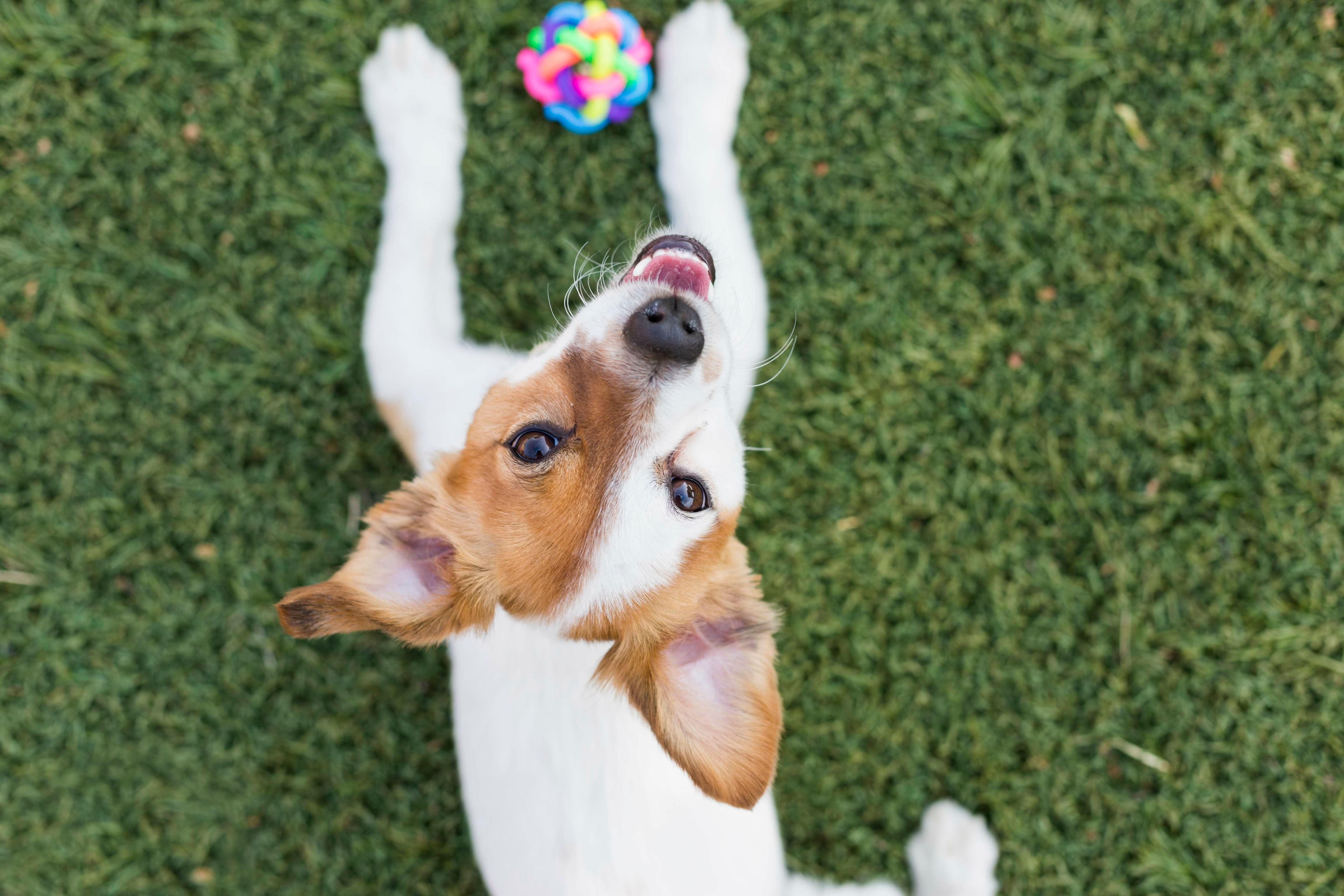
Exercise tips based on breed size
Small breeds
Small dogs can often meet many of their exercise needs indoors. Short walks, games of fetch, or running laps around the house can provide sufficient activity. However, outside time for sniffing and exploring the world are also beneficial. Toys and interactive puzzles also help engage their minds.
Medium breeds
Medium-sized dogs often require longer walks, trips to the dog park, or agility courses. Structured activities like obedience training or frisbee sessions can keep them mentally engaged.
Large and giant breeds
While large dogs like Great Danes or Saint Bernards need daily exercise, overexertion can be hard on their joints. Low-impact, controlled activities like swimming or leisurely walks offer a safe way to meet their exercise needs.
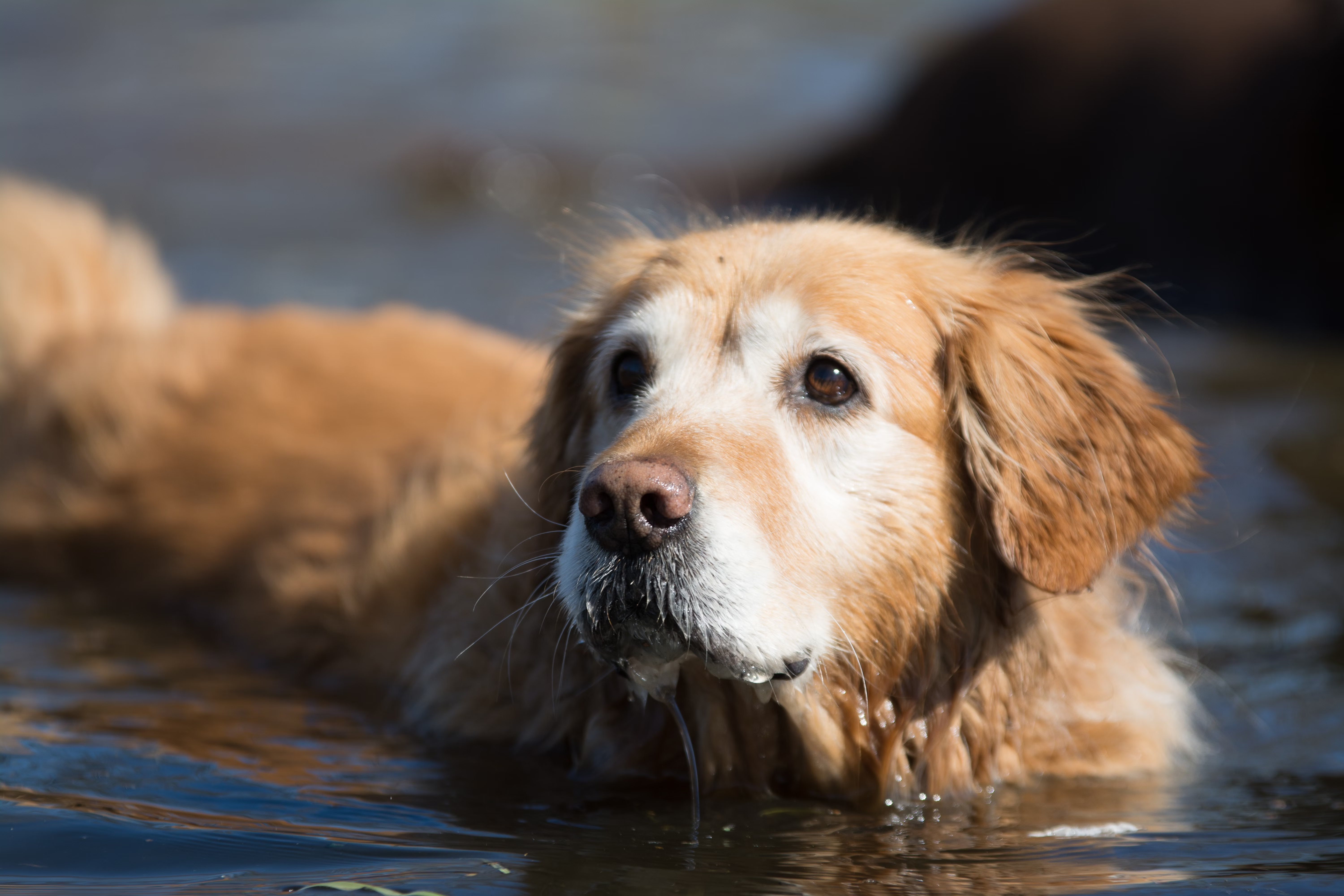
Adjusting exercise needs based on age
Exercising your dog is important—but there can be too much of a good thing. Excessive physical activity, especially in puppies or senior dogs, can strain joints and muscles, leading to injuries or long-term issues like arthritis. Striking the right balance is key.
Puppies
It may seem like puppies have boundless energy, but their joints and muscles are still developing and it’s important for them to take breaks. Short, controlled play sessions and age-appropriate activities are best. Avoid repetitive, high-impact exercises like long runs while they are still growing. Ramp up the amount of time they exercise as they get older and stronger.
Adult dogs
Adult dogs require exercise tailored to their breed and energy levels. Active breeds may need a few hours of activity daily, while more sedentary breeds do well with 30-60 minute walks and playtime.
Senior dogs
As dogs age, their activity levels and capabilities change. Low-impact activities like slow walks or swimming can help maintain mobility and reduce the risk of arthritis. Always consult your vet to ensure their exercise routine is appropriate.
Special considerations for health issues
Certain health conditions require adjustments in exercise routines. For example:
- Exercise-Induced Collapse (EIC): This genetic disorder causes dogs to collapse during strenuous activity. It is found most commonly in Labrador Retrievers, though other breeds, including Cocker Spaniels and Vizslas may also carry the mutation. Wisdom Panel Premium tests for this condition. Dogs that have EIC should avoid high-intensity activities, opting instead for more mild exercise like walking.
- Hip Dysplasia and Arthritis: Dogs experiencing these and other joint conditions will benefit from doing low-impact exercises like swimming and avoiding high-impact activities like sprinting or jumping.
- Brachycephalic Syndrome: Flat-faced breeds like Pugs and Boston Terriers can experience breathing difficulties when doing intense activities or exercising in hot weather.
How DNA testing can help
The more you know about your specific dog, the better you can plan for their exercise needs. A Wisdom Panel dog DNA test can reveal their breed breakdown and highlight genetic health risks. Armed with this information, you and your veterinarian can come up with an exercise plan that’s tailored to your dog’s breed, age, and overall health.
Additional resources:
